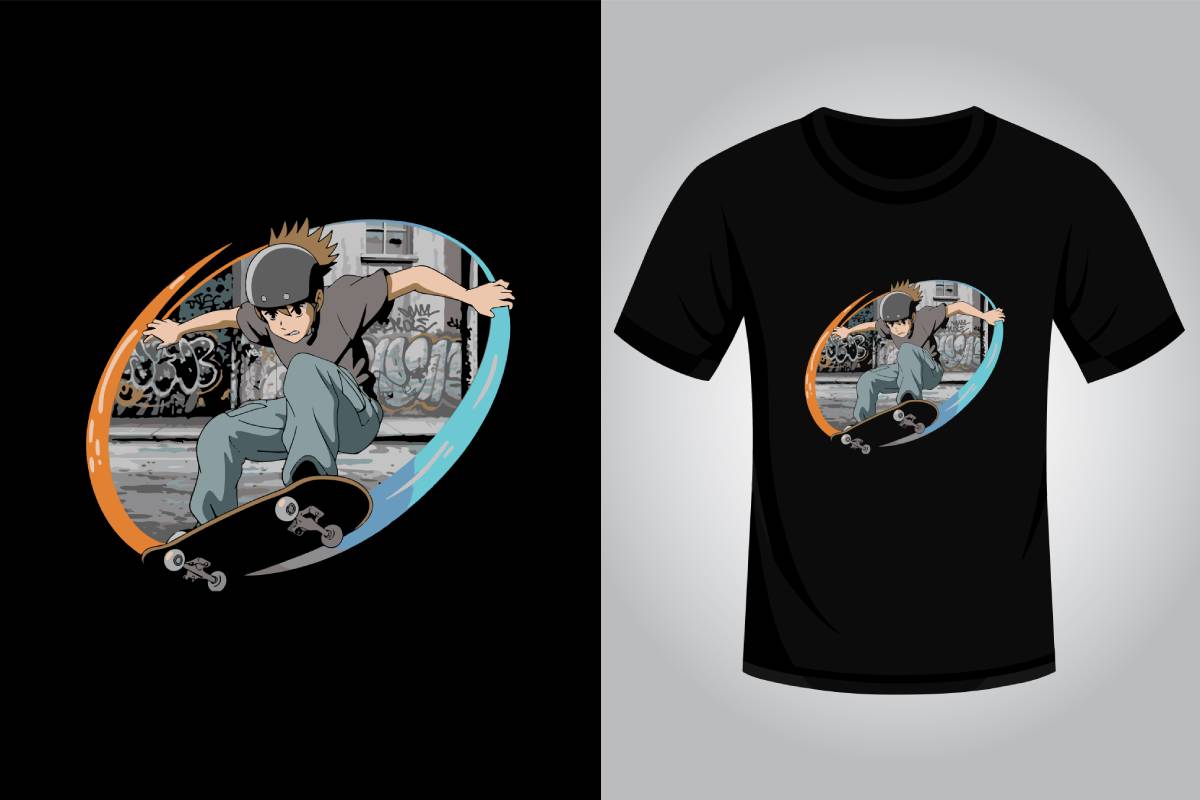
How to Get the Best Results with DTF Transfers
Selecting High-Quality Materials for DTF Transfers
Using premium materials is the first step in achieving outstanding DTF transfers. High-quality transfer film, durable adhesive powder, and vibrant ink contribute to a professional finish. Choosing the right supplies ensures that each DTF transfer remains sharp, colorful, and long-lasting.
Optimizing Printer Settings for DTF Transfers
Printer calibration plays a crucial role in obtaining sharp and accurate DTF transfers. Adjusting ink flow, print resolution, and temperature settings helps prevent smudging and color inconsistencies. Properly configured printers ensure that each DTF transfer reflects the intended design with precision.
Applying Heat and Pressure Correctly for DTF Transfers
The heat press process determines the success of DTF transfers. Applying even pressure at the right temperature ensures a strong bond between the fabric and design. Incorrect heat settings can result in peeling or poor adhesion, making it essential to follow recommended guidelines for flawless DTF transfer application.
Prepping Fabrics for Superior DTF Transfers
Proper fabric preparation is essential to achieving high-quality DTF transfers. Removing dust, lint, and moisture creates a smooth surface for better adhesion. Preheating garments before applying a DTF transfer helps eliminate wrinkles and ensures the design adheres seamlessly to the fabric.
Ensuring Even Adhesive Powder Distribution in DTF Transfers
Applying adhesive powder evenly is key to a successful DTF transfer. Too much powder can lead to clumping, while too little may cause weak adhesion. Ensuring an even coat of adhesive enhances durability and helps each DTF transfer maintain its vibrant colors and sharp details.
Post-Application Care for Long-Lasting DTF Transfers
Following proper care instructions preserves the quality of DTF transfers. Washing garments inside out, using mild detergents, and avoiding excessive heat prevent fading and peeling. By taking the right precautions, DTF transfer prints remain vibrant and intact for extended periods.
Conclusion
Achieving the best results with DTF transfers requires attention to detail at every stage of the process. From selecting high-quality materials to optimizing printer settings and applying heat correctly, each step contributes to a professional finish. By following these best practices, DTF transfer prints remain durable, vibrant, and visually stunning.
Frequently Asked Questions
-
What is the best material for DTF transfers?
- High-quality transfer film, durable adhesive powder, and premium ink produce the best results.
-
Why are my DTF transfers peeling?
- Peeling occurs when adhesive powder is unevenly applied or when heat and pressure settings are incorrect.
-
How can I prevent fading in DTF transfers?
- Washing garments inside out and avoiding high heat during drying helps preserve color vibrancy.
-
What temperature is ideal for DTF transfers?
- Most DTF transfers require temperatures between 300-325°F for optimal adhesion.
-
Can I use any fabric for DTF transfers?
- Yes, DTF transfers work on cotton, polyester, blends, and synthetic fabrics.
-
How long do DTF transfers last?
- With proper care, DTF transfers remain vibrant and durable for many washes.
-
How do I improve print resolution for DTF transfers?
- Adjusting printer settings, using high-resolution images, and ensuring even ink flow enhance print quality.
-
Why do my DTF transfers look dull?
- Low-quality ink, improper curing, or incorrect heat settings can cause dull-looking prints.
-
Can DTF transfers handle intricate designs?
- Yes, DTF transfers allow for detailed, full-color, and complex designs with precision.
-
Is DTF transfer printing cost-effective?
- Yes, DTF transfer printing minimizes material waste and eliminates costly setup fees, making it highly efficient.